If you haven’t read Part 1 of this series please take a look.
When I started to think about my aesthetic system, it was in large part inspired by my belief that there is an overlap between the beautiful and the sublime. I still think that is an important part of my system. However, the part that is more innovative (time will tell if it is good innovation) is the addition of Pretty to the system. So, a good deal of my thinking over the last week has been dedicated to trying to think through the implications and problems of this system.
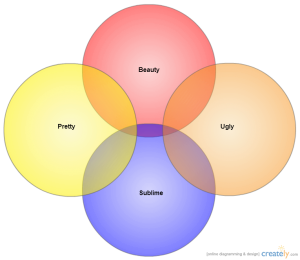
In real life, I have been doing exactly what I have been doing with this blog and on social media. I have been testing out my ideas with both specialists and non-specialists. When I was teaching my 2-D Design class at William Jessup University, I asked my students what the difference between pretty and beautiful was to them. This particular class only has one male and he was absent that day. So essentially I was asking a group of college-aged women the difference between pretty and beautiful. In many ways, their answer was exactly what I articulated in the last post. But, what really struck me was when the conversation turned to how these women felt about men calling them pretty or beautiful. This was a revelation to me. These young women expressed that they felt it was presumptuous for a guy they did not know well to call them beautiful. For them, the term pretty had to do with their exterior but beauty was also about something on the inside. The argument went that if a guy, who they did not know well, called them beautiful he was presuming to know something about them that he could not know just by looking at them. This is fascinating to me and to a certain extent echoes my own thinking on the terms.
As I have thought more about these concepts recently, I am leaning toward defining the terms in the following ways:
Beauty is that which when seen causes intellectual delight.
Pretty is that which when seen causes sensual delight.
The way I am looking at this ties the pretty and the ugly to the senses and beauty and sublime to the intellect. Historically, beauty has been tied to intellect. There has been the idea that beauty related to sight and hearing which are the more intellectual senses. As a result, beauty was rarely tied to smell, taste, or touch. I am continuing that tradition but with a twist. To tie the pretty and the ugly to the senses is to make it a matter of taste. While I would argue that beauty is not merely in the eye of the beholder, I am saying precisely that pretty is in the eye of the beholder.
The sense of taste is a good way to look at this subject. Whether or not someone likes broccoli is a matter of taste. Either their sense of taste finds it pleasurable (pretty) or not. One can learn to like broccoli, at least some of us can, just as our ideas of what is pretty can develop over time but it is still based on our sensual response to the input. This means that both pretty and ugly are entirely subjective.


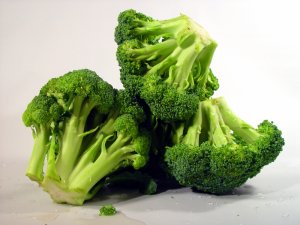
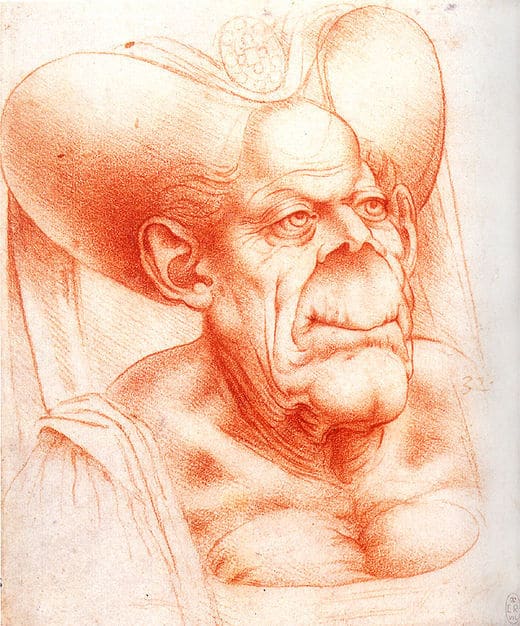


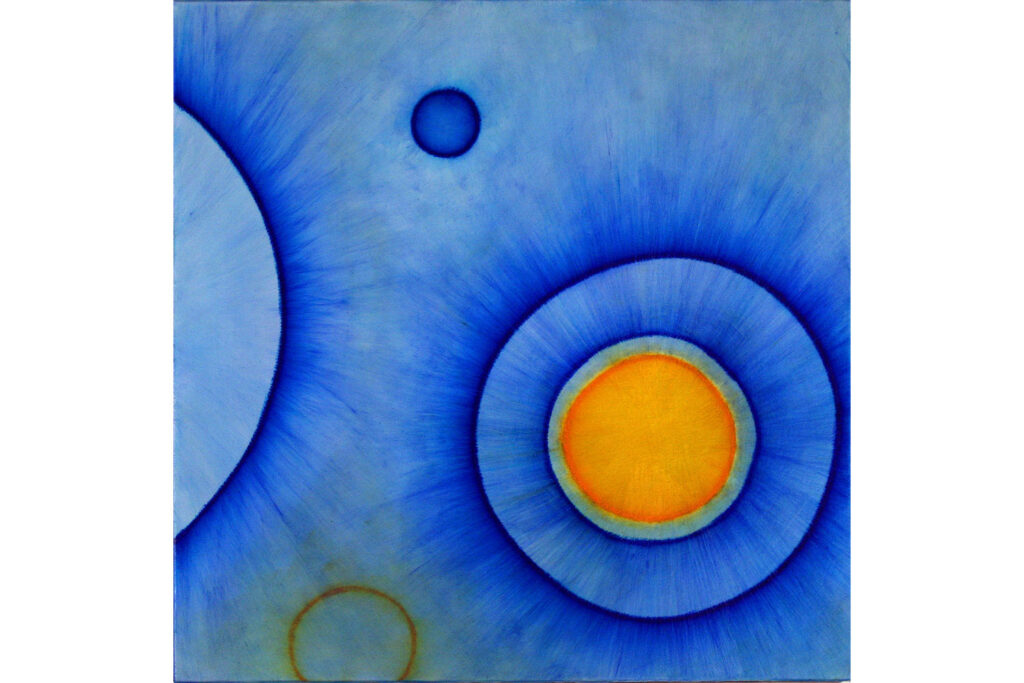

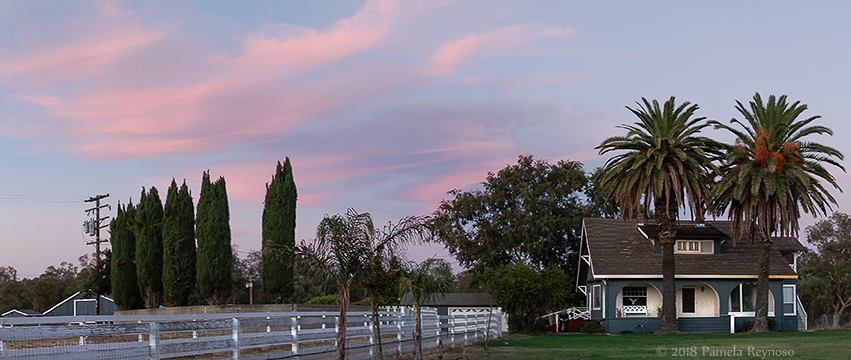
A very interesting essay, especially the distinction between the pretty and the beautiful. Three of the terms used on the diagram are adjectives: ugly, pretty, sublime. ‘Beauty’ is a noun, so to keep the pattern, ‘beautiful’ would fit better perhaps. Burke used two adjectival nouns ‘the sublime’ and ‘the beautiful’. So perhaps your four circles could be ‘beautiful’, ‘sublime’, ‘pretty’, ‘ugly’, so they would all be adjectives.